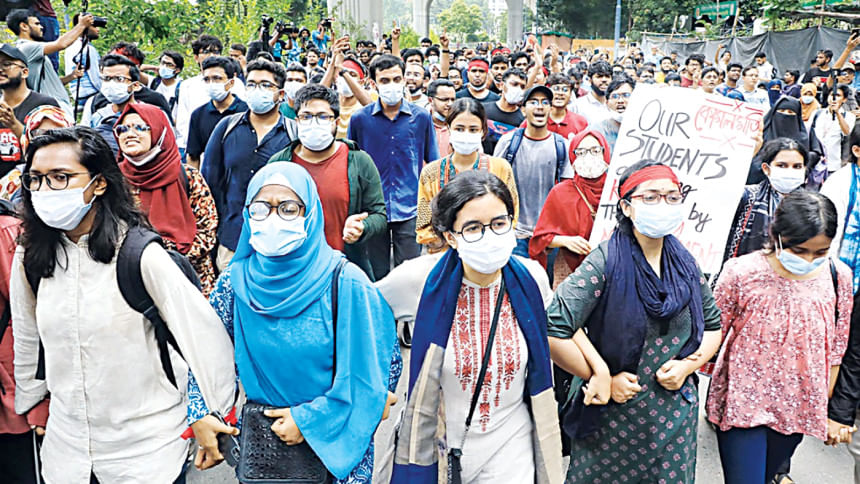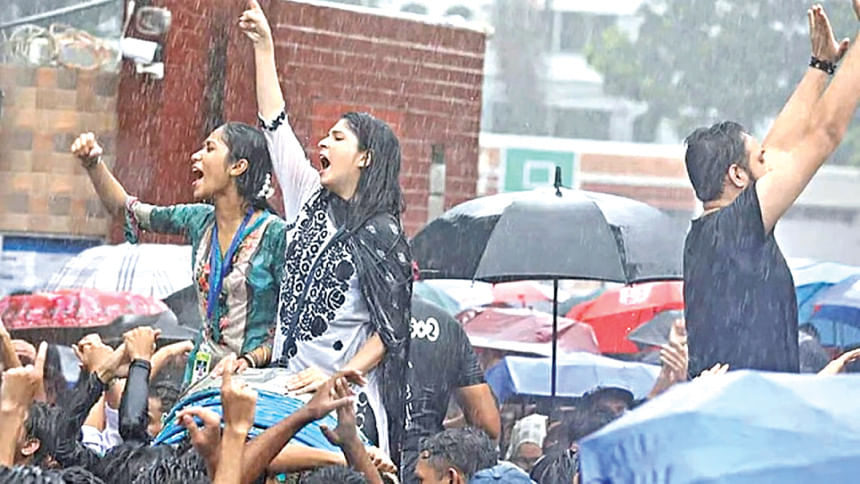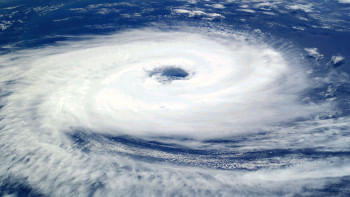The brave girls of July

The photo of Sanjida Ahmed Tonni, blood streaming down her face after being attacked by Chhatra League activists, became one of the defining images of Bangladesh's July Movement. Around the same time, Nusrat Tabassum was dragged away by plainclothes detectives. Elsewhere in Dhaka, Nazifa Jannat led marches through private universities, while Nusrat Jahan Tumpa stood before a police van demanding the release of detained students.
Each risked her life for a cause larger than herself, a fight that began on the streets and continues long after the chants have faded.
For 27-year-old Nazifa Jannat, the night of July 18, 2024, remains vivid. She was leading a procession near Rampura Bridge when police opened fire from both sides. "My brain went blank. I thought I was going to die. Someone shouted, 'Apu, run!' I did, not knowing a student had just been shot nearby."
A fourth-year student at East West University, Nazifa helped mobilise private-university students through posters, social media, and rallies. "When the internet shutdown began, I feared we might lose momentum. But unity kept us going."

At Dhaka University, political science student Nusrat Tabassum became one of the movement's faces. Arrested by the Detective Branch after leading a rally demanding Sheikh Hasina's resignation, she said, "I faced police firing and DB custody. Even now, 70 percent of my hearing in one ear is gone. But I'd do it again, because we were fighting for everyone's right to be heard."
In Rokeya Hall, psychology student Sanjida Ahmed Tonni had watched the protests from her dorm until the former prime minister called protesters "Razakars". On July 15, Chhatra League members attacked students on campus. "When they chased me, I hid inside a bus. Bricks rained down; one hit me below my eye. My glasses broke, and blood poured. My friends pulled me to safety."
The photo of her wounded face went viral, becoming a rallying cry — but also a reminder of danger. "People in my hometown put my picture on banners. It inspired others, but it scared me too."
For 21-year-old law student Nusrat Jahan Tumpa, courage meant standing alone before a police van on July 31. "Every day we faced checkpoints and fear. But that day, I rediscovered myself. After the photo went viral, I received threats online and offline, but I feel stronger now."
AFTER THE UPRISING
The end of the protests brought no peace. "The journey after July is harder than those 36 days," said Tabassum. "Propaganda, doctored photos, online harassment — nothing stops."
Nazifa said, "Even now, I face verbal abuse for being outspoken. If I could lead a movement, why can't I live freely?"
Tonni still flinches at the sight of police uniforms. "But silence helps no one."
Today, these women continue to fight in classrooms, communities, and politics. Tabassum is joint convener of the National Citizens Party and preparing to contest the next election. Nazifa works on campus for women's rights. Tonni was elected Research and Publications Secretary of Dhaka University Central Student Union. Tumpa, back to her studies, is preparing for future leadership.
All four share one conviction: women must keep pushing forward. "Change begins with how society sees women in leadership," said Tabassum.
Nazifa added, "Women were visible in July but sidelined afterward. We must stay focused and unshakable."
Tumpa put it simply. "To speak against injustice is to live. That's what we owe every girl who comes after us."

 For all latest news, follow The Daily Star's Google News channel.
For all latest news, follow The Daily Star's Google News channel. 



Comments